Majid Gerami
A Practical Validation of RIS Detection and Identification
Nov 10, 2024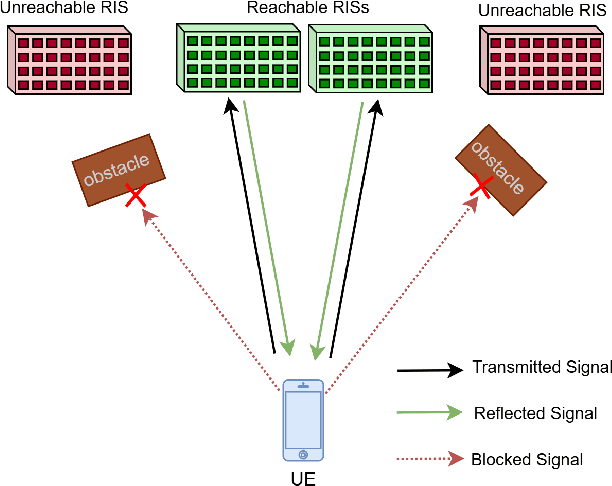
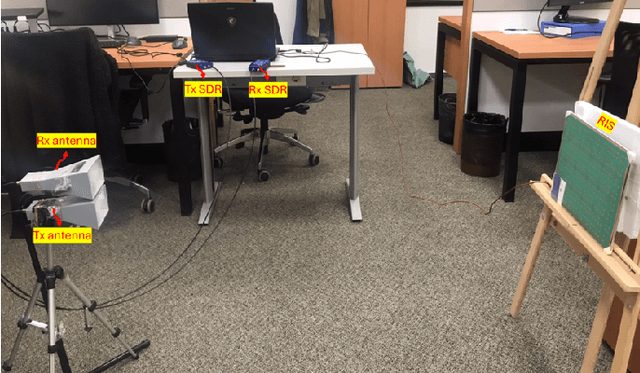
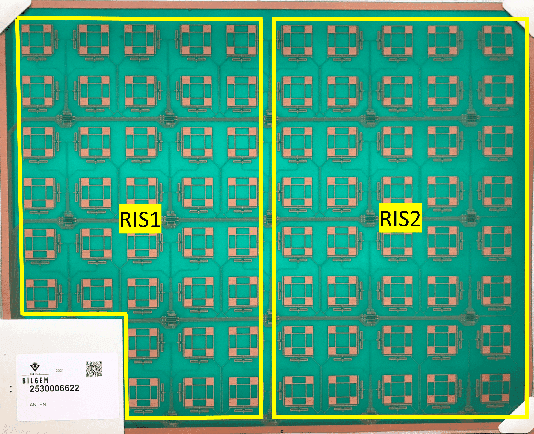
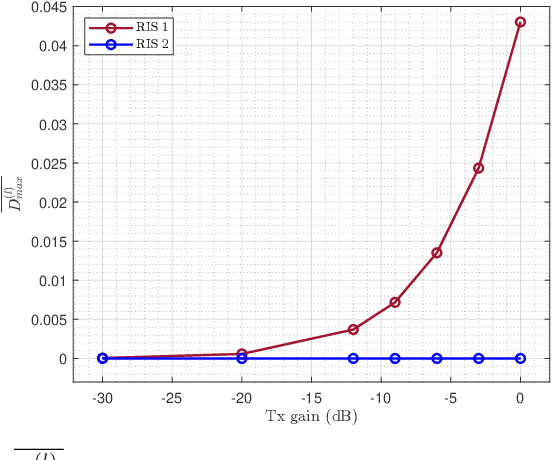
Abstract:Reconfigurable intelligent surface (RIS)-assisted communication is a key enabling technology for next-generation wireless communication networks, allowing for the reshaping of wireless channels without requiring traditional radio frequency (RF) active components. While their passive nature makes RISs highly attractive, it also presents a challenge: RISs cannot actively identify themselves to user equipments (UEs). Recently, a new method has been proposed to detect and identify RISs by letting them modulate their identities in the signals reflected from their surfaces. In this letter, we first propose a new and simpler modulation method for RISs and then validate the concept of RIS detection and identification (RIS-ID) using a real-world experimental setup. The obtained results validate the RIS-ID concept and show the effectiveness of our proposed modulation method over different operating scenarios and systems settings.
A Comprehensive Design Framework for UE-side and BS-Side RIS Deployments
Apr 25, 2024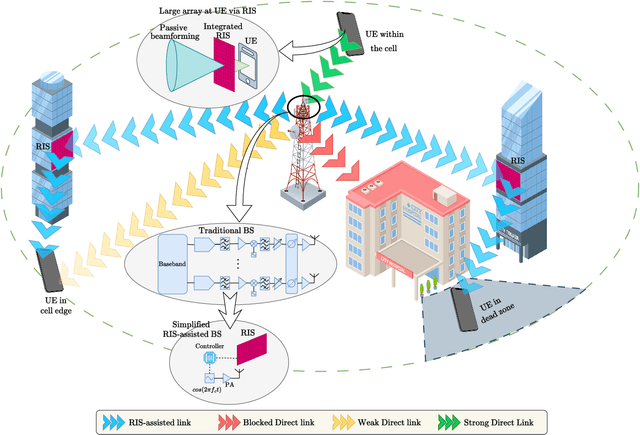
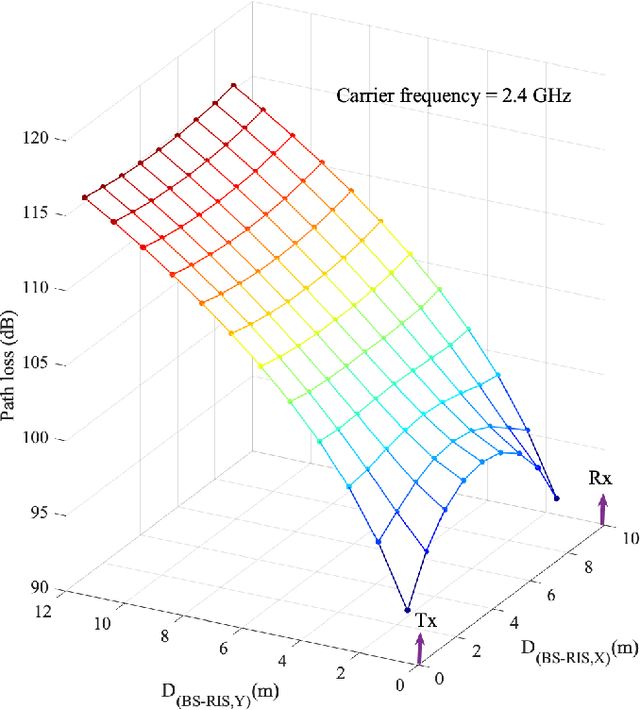
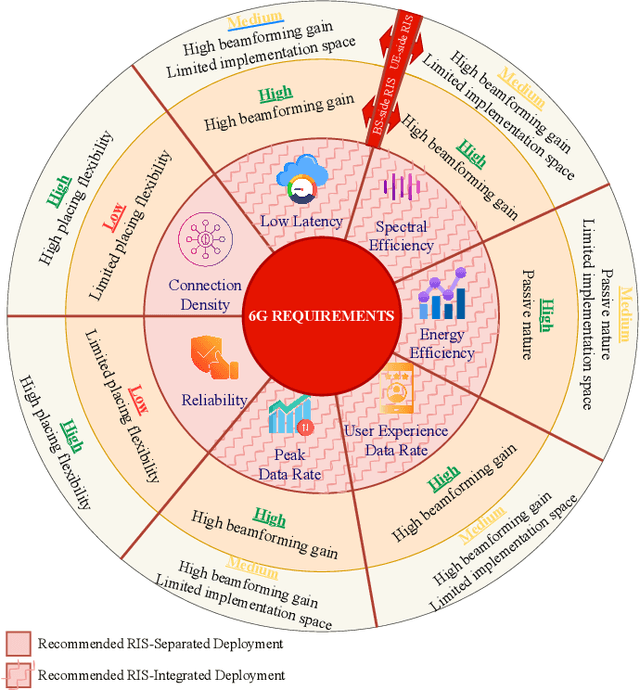
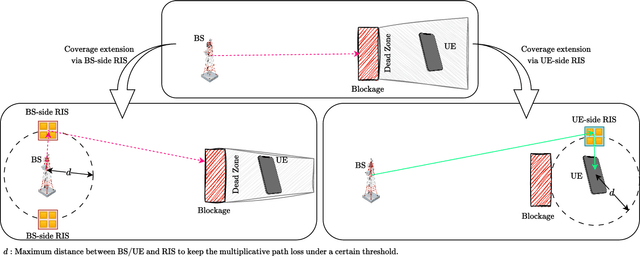
Abstract:Integrating reconfigurable intelligent surfaces (RISs) in emerging communication systems is a fast-growing research field that has recently earned much attention. While implementing RISs near the base station (BS), i.e., BS-side RIS, or user equipment (UE), i.e., UE-side RIS, exhibits optimum performance, understanding the differences between these two deployments in terms of the system design perspective needs to be clarified. Critical design parameters, such as RIS size, phase shift adjustment, control link, and element type (passive/active), require greater clarity across these scenarios. Overlooking the intricacies of such critical design parameters in light of 6G demands endangers practical implementation, widening the gap between theoretical insights and practical applications. In this regard, our study investigates the impact of each RIS deployment strategy on the anticipated 6G requirements and offers tailored RIS design recommendations to fulfill these forward-looking requirements. Through this, we clarify the practical distinctions and propose a comprehensive framework for differentiating between BS-side and UE-side RIS scenarios in terms of their design parameters. Highlighting the unique needs of each and the potential challenges ahead, we aim to fuse the theoretical underpinnings of RIS with tangible implementation considerations, propelling progress in both the academic sphere and the industry.
A Simple Detection and Identification Scheme For Reconfigurable Intelligent Surfaces
Feb 19, 2024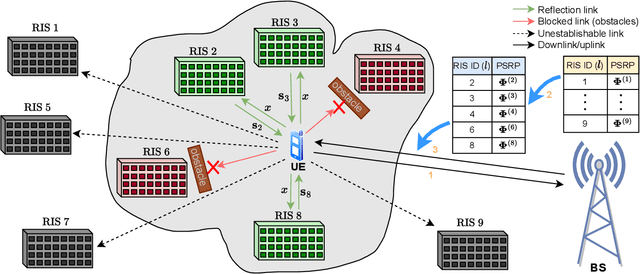
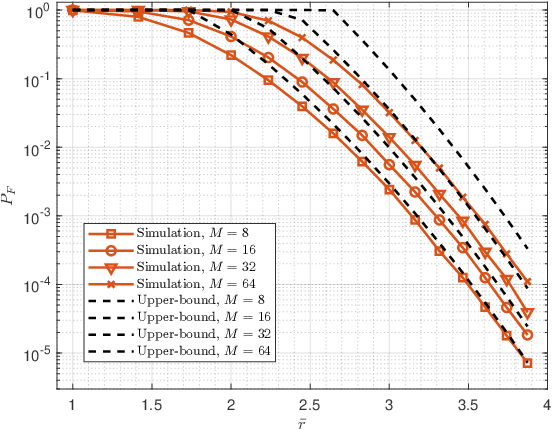
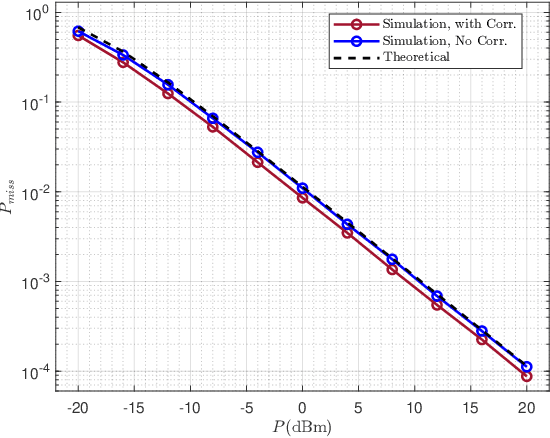
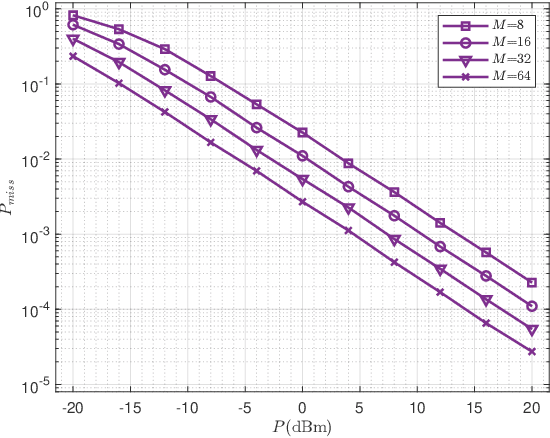
Abstract:Reconfigurable intelligent surface (RIS)-empowered communication is one of the promising physical layer enabling technologies for the sixth generation (6G) wireless networks due to their unprecedented capabilities in shaping the wireless communication environment. RISs are modeled as passive objects that can not transmit or receive wireless signals. While the passiveness of these surfaces is a key advantage in terms of power consumption and implementation complexity, it limits their capability to interact with the other active components in the network. Specifically, unlike conventional base stations (BSs), which actively identify themselves to user equipment (UEs) by periodically sending pilot signals, RISs need to be detected from the UE side. This paper proposes a novel RIS identification (RIS- ID) scheme, enabling UEs to detect and uniquely identify RISs in their surrounding environment. Furthermore, to assess the proposed RIS-ID scheme, we propose two performance metrics: the false and miss detection probabilities. These probabilities are analytically derived and verified through computer simulations, revealing the effectiveness of the proposed RIS-ID scheme under different operating scenarios.
Plug-In RIS: A Novel Approach to Fully Passive Reconfigurable Intelligent Surfaces
Nov 16, 2023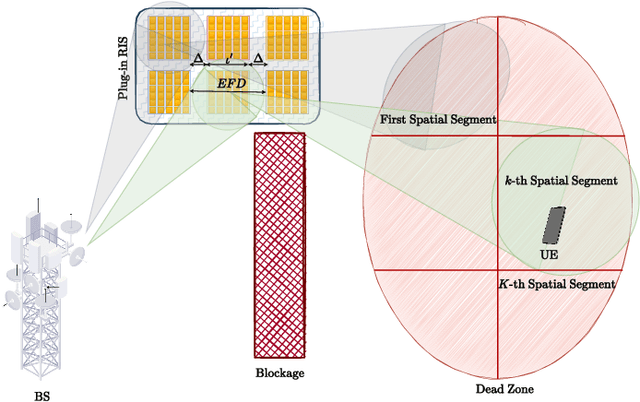
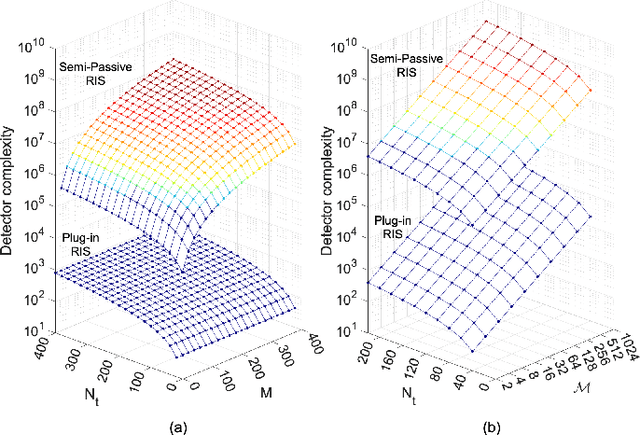
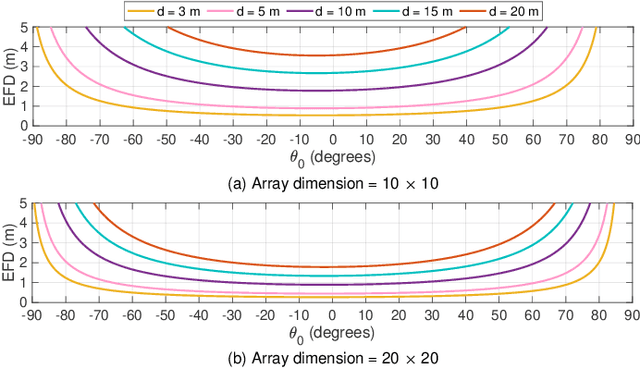
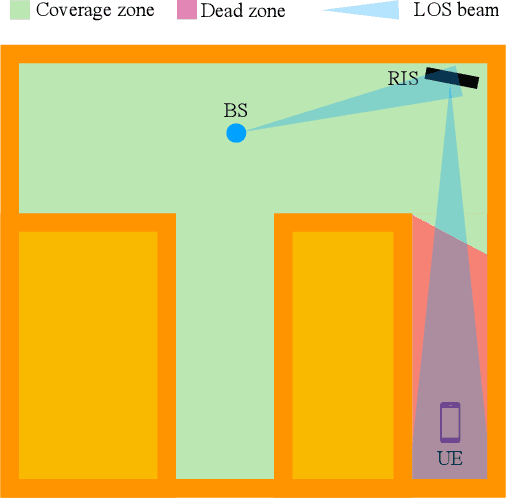
Abstract:This paper presents a promising design concept for reconfigurable intelligent surfaces (RISs), named plug-in RIS, wherein the RIS is plugged into an appropriate position in the environment, adjusted once according to the location of both base station and blocked region, and operates with fixed beams to enhance the system performance. The plug-in RIS is a novel system design, streamlining RIS-assisted millimeter-wave (mmWave) communication without requiring decoupling two parts of the end-to-end channel, traditional control signal transmission, and online RIS configuration. In plug-in RIS-aided transmission, the transmitter efficiently activates specific regions of the divided large RIS by employing hybrid beamforming techniques, each with predetermined phase adjustments tailored to reflect signals to desired user locations. This user-centric approach enhances connectivity and overall user experience by dynamically illuminating the targeted user based on location. By introducing plug-in RIS's theoretical framework, design principles, and performance evaluation, we demonstrate its potential to revolutionize mmWave communications in limited channel state information (CSI) scenarios. Simulation results illustrate that plug-in RIS provides power/cost-efficient solutions to overcome blockage in the mmWave communication system and a striking convergence in average bit error rate and achievable rate performance with traditional full CSI-enabled RIS solutions.
 Add to Chrome
Add to Chrome Add to Firefox
Add to Firefox Add to Edge
Add to Edge